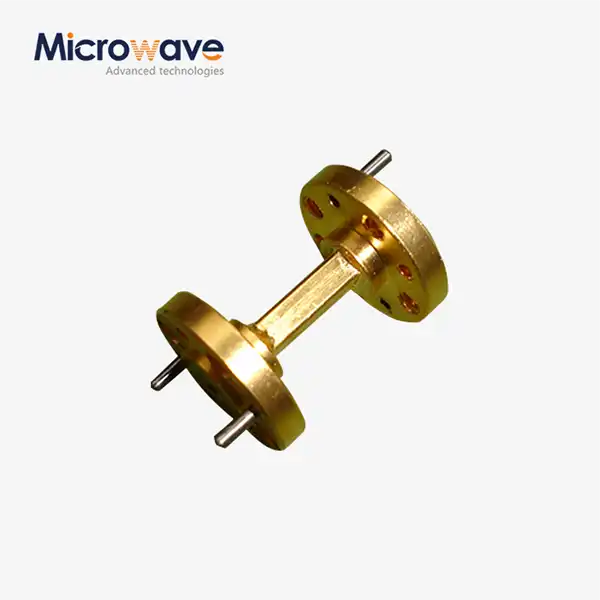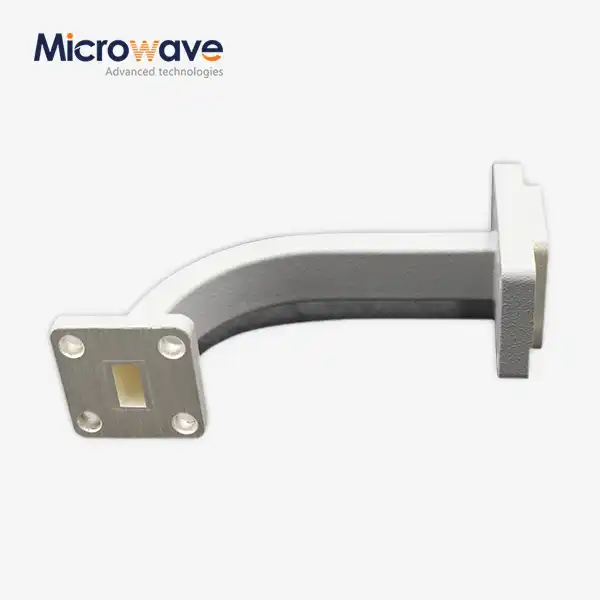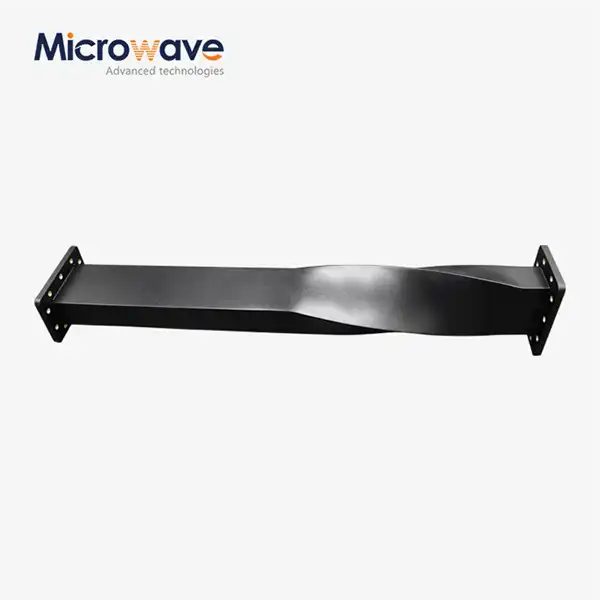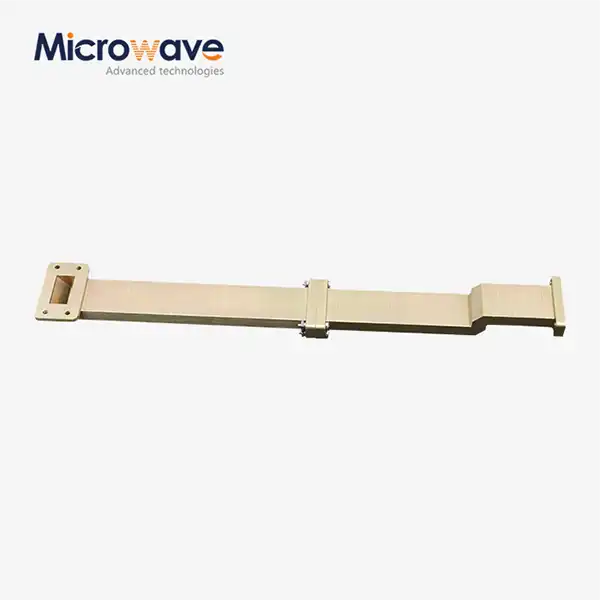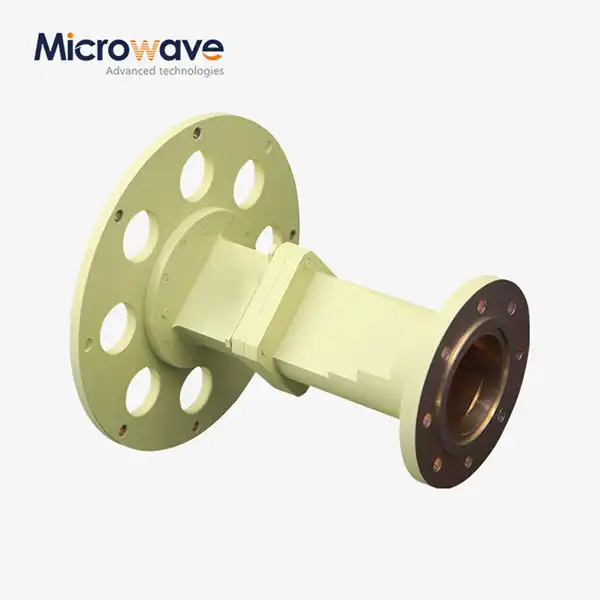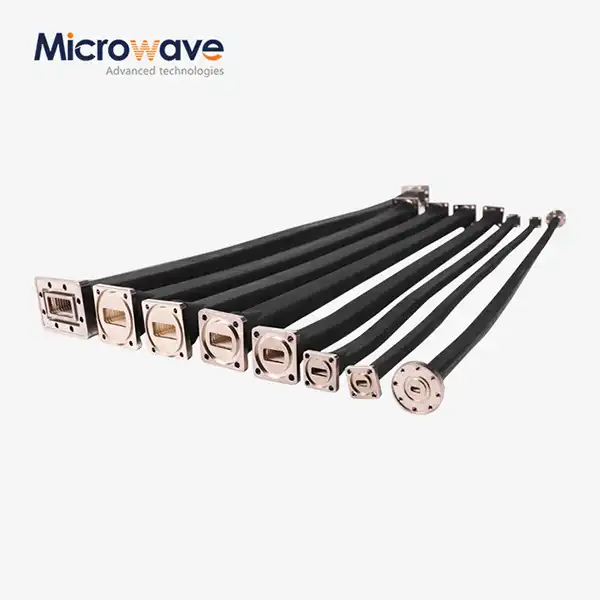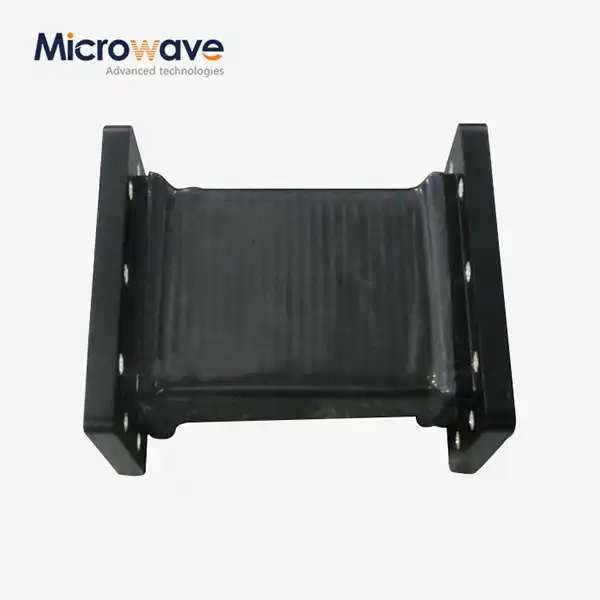Why Are Low Back Radiation Features Crucial in Corrugated Horn and Multimode Horn Antennas?
In the sophisticated world of microwave communication systems, low back radiation features represent one of the most critical performance parameters that distinguish exceptional antenna designs from mediocre ones. The significance of minimizing unwanted back radiation in Corrugated Horn and Multimode Horn Antenna systems cannot be overstated, as these characteristics directly impact signal integrity, system efficiency, and overall communication reliability. When electromagnetic energy reflects backward from an antenna, it creates interference patterns that can severely compromise the quality of transmitted and received signals, making low back radiation control essential for applications ranging from satellite communications to advanced radar systems.
Signal Integrity Enhancement Through Back Radiation Suppression
Electromagnetic Field Control and Wavefront Purity
The fundamental principle behind low back radiation in Corrugated Horn and Multimode Horn Antenna designs lies in precise electromagnetic field control within the antenna structure. When electromagnetic waves propagate through a horn antenna, unwanted reflections can occur at impedance discontinuities, creating backward-traveling waves that interfere with the desired forward radiation pattern. Advanced corrugated horn designs incorporate carefully engineered groove patterns that function as reactive loading elements, effectively absorbing and redirecting these unwanted reflections. The corrugations create a gradual transition between different modes of electromagnetic propagation, preventing abrupt impedance changes that would otherwise generate significant back radiation. This sophisticated approach ensures that the majority of electromagnetic energy flows in the intended direction, maintaining wavefront purity and signal coherence throughout the transmission path. The result is dramatically improved signal quality with reduced distortion and enhanced communication reliability across various frequency ranges.
Phase Coherence and Beam Formation Stability
Maintaining phase coherence across the aperture of a Corrugated Horn and Multimode Horn Antenna becomes significantly more challenging when back radiation is present, as reflected signals create complex interference patterns that disrupt the intended beam formation characteristics. The corrugated structure effectively manages these phase relationships by providing controlled impedance transitions that minimize unwanted reflections while maintaining the desired radiation pattern symmetry. This careful phase management is particularly critical in applications requiring precise beam pointing accuracy, such as satellite tracking systems and high-resolution radar installations. The low back radiation characteristics ensure that the antenna maintains consistent phase relationships across its entire operating bandwidth, resulting in stable beam formation that doesn't deteriorate due to internal reflections. Advanced multimode horn designs further enhance this stability by supporting multiple propagation modes in a controlled manner, allowing for optimized radiation patterns while maintaining excellent back radiation suppression throughout the frequency range.
Cross-Polarization Minimization and Pattern Purity
The relationship between back radiation control and cross-polarization performance in Corrugated Horn and Multimode Horn Antenna systems represents a crucial aspect of overall antenna quality that directly affects communication system performance. When back radiation is inadequately controlled, it often manifests as increased cross-polarization levels that contaminate the desired signal with unwanted orthogonal components. The corrugated horn design addresses this challenge through its unique ability to support hybrid electromagnetic modes that naturally suppress cross-polarization while simultaneously reducing back radiation. The precise geometry of the corrugations creates boundary conditions that favor the propagation of balanced hybrid modes, which exhibit inherently low cross-polarization characteristics. This dual benefit of reduced back radiation and improved polarization purity makes corrugated horn antennas particularly valuable in applications where signal discrimination and interference rejection are paramount, such as satellite communication ground stations and electronic warfare systems.
System Performance Optimization and Interference Mitigation
Network Efficiency and Power Transfer Optimization
The impact of low back radiation features on overall network efficiency extends far beyond simple signal quality considerations, encompassing fundamental aspects of power transfer optimization and system-level performance enhancement in Corrugated Horn and Multimode Horn Antenna applications. When back radiation is minimized, the antenna system achieves maximum power transfer efficiency by ensuring that virtually all transmitted energy propagates in the intended direction rather than being lost through unwanted reflections and internal heating. This efficiency improvement becomes particularly significant in high-power applications where even small percentage losses can translate to substantial power wastage and thermal management challenges. Advanced corrugated horn designs optimize this power transfer through carefully controlled impedance matching across the entire frequency band, utilizing the corrugated structure to create smooth transitions that minimize voltage standing wave ratios and maximize forward power transfer. The resulting improvement in network efficiency not only reduces operational costs but also enhances system reliability by reducing thermal stress on components and minimizing the risk of power-related failures.
Multi-System Coexistence and EMI Reduction
In modern communication environments where multiple systems must coexist within limited frequency allocations, the low back radiation characteristics of Corrugated Horn and Multimode Horn Antenna designs play a crucial role in reducing electromagnetic interference and enabling efficient spectrum utilization. Back radiation from poorly designed antennas can create significant interference problems for nearby systems, particularly in dense installation environments such as satellite earth stations and cellular base station sites. The superior back radiation suppression achieved through corrugated horn technology effectively isolates the antenna system from its surrounding environment, reducing both the emission of unwanted signals and the susceptibility to external interference sources. This isolation capability is enhanced by the natural shielding properties of the corrugated structure, which creates a form of electromagnetic barrier that prevents coupling between the antenna and nearby metallic structures or other radiating elements. The result is improved system performance in challenging electromagnetic environments where conventional antennas might experience significant degradation due to interference and coupling effects.
Dynamic Range and Sensitivity Enhancement
The relationship between low back radiation control and dynamic range performance in Corrugated Horn and Multimode Horn Antenna systems represents a fundamental aspect of receiver sensitivity and signal processing capability that directly impacts system performance in demanding applications. When back radiation is present, it creates unwanted signal components that can saturate sensitive receiver front-end stages, effectively reducing the dynamic range available for processing weak desired signals. The exceptional back radiation suppression achieved through advanced corrugated horn designs eliminates these unwanted signal components, allowing receivers to operate with maximum sensitivity and dynamic range. This enhancement is particularly valuable in radar applications where the ability to detect weak targets in the presence of strong clutter returns depends critically on maintaining clean signal conditions throughout the entire signal path. The improved dynamic range also benefits communication systems by enabling reliable operation in challenging propagation environments where signal levels may vary dramatically due to atmospheric conditions or path loss variations.
Application-Specific Performance Requirements and Technical Advantages
Precision Measurement and Calibration Standards
The demanding requirements of precision measurement applications place exceptional emphasis on the low back radiation characteristics of Corrugated Horn and Multimode Horn Antenna systems, where even minute levels of unwanted reflections can compromise measurement accuracy and calibration stability. In antenna measurement facilities and calibration laboratories, corrugated horn antennas serve as reference standards precisely because of their exceptional back radiation suppression capabilities, which ensure that measurement results are not contaminated by unwanted reflections from the test antenna or surrounding environment. The corrugated structure provides inherently stable electrical characteristics that remain consistent across wide frequency ranges and varying environmental conditions, making these antennas ideal for applications requiring traceable measurement standards. Advanced multimode horn designs further enhance measurement precision by providing controlled radiation patterns with minimal sidelobe structure and excellent pattern stability, characteristics that are essential for accurate gain and pattern measurements. The superior back radiation performance of these antennas enables measurement systems to achieve exceptional accuracy levels that would be impossible with conventional horn designs.
Satellite Communication Ground Station Applications
The critical role of low back radiation features becomes particularly apparent in satellite communication ground station applications, where Corrugated Horn and Multimode Horn Antenna systems must maintain reliable communication links across vast distances while operating in challenging electromagnetic environments. The exceptional back radiation suppression provided by corrugated horn feeds enables these systems to achieve maximum antenna efficiency by ensuring that virtually all transmitted power is directed toward the satellite rather than being lost through unwanted reflections. This efficiency improvement is crucial for maintaining adequate link margins in satellite communication systems, where signal levels are often limited by regulatory constraints and power consumption considerations. The low back radiation characteristics also enhance the antenna's ability to reject terrestrial interference sources, which is essential for maintaining communication quality in the presence of nearby transmitters and other potential interference sources. Advanced corrugated horn designs optimize these performance characteristics across the entire satellite communication frequency bands, providing consistent performance from C-band through Ka-band and beyond.
Radar System Integration and Target Detection
The integration of low back radiation Corrugated Horn and Multimode Horn Antenna technology into modern radar systems represents a significant advancement in target detection capability and system performance, where unwanted reflections can severely compromise the ability to detect weak targets in cluttered environments. The exceptional back radiation suppression achieved through corrugated horn designs eliminates unwanted signal components that would otherwise mask weak target returns or create false alarms in automated detection systems. This performance enhancement is particularly valuable in air traffic control radar applications, where the ability to detect and track aircraft reliably depends critically on maintaining clean signal conditions throughout the entire radar signal path. The corrugated structure also provides excellent polarization control, enabling radar systems to utilize polarization diversity techniques for enhanced target discrimination and clutter rejection. Advanced multimode horn feeds further optimize radar performance by providing controlled radiation patterns that can be tailored to specific surveillance requirements, whether for long-range detection or high-resolution imaging applications.
Conclusion
Low back radiation features in Corrugated Horn and Multimode Horn Antennas represent fundamental performance characteristics that directly impact signal integrity, system efficiency, and communication reliability across diverse applications. The sophisticated engineering principles underlying these designs ensure optimal electromagnetic field control, enhanced dynamic range, and superior interference rejection capabilities that are essential for modern communication and radar systems.
Ready to enhance your communication systems with our premium Corrugated Horn and Multimode Horn Antennas? At Advanced Microwave Technologies Co., Ltd., we combine over 20 years of manufacturing expertise with cutting-edge measurement capabilities up to 110 GHz to deliver ISO-certified solutions that exceed industry standards. Our comprehensive OEM services, rapid prototyping capabilities, and expert technical support ensure your project success from concept to deployment. Whether you need custom frequency ranges, specialized materials, or unique performance specifications, our experienced engineering team stands ready to transform your requirements into high-performance reality. Don't let inferior antenna performance compromise your critical applications – contact our specialists today at craig@admicrowave.com to discover how our advanced microwave solutions can elevate your system performance to new heights.
References
1.Clarricoats, P.J.B. and Olver, A.D., "Corrugated Horns for Microwave Antennas," IEEE Electromagnetic Waves Series, Institution of Engineering and Technology, 1984.
2.Granet, C. and Bolton, R., "Comparative Study of Corrugated Horn Design for Satellite Applications," IEEE Transactions on Antennas and Propagation, vol. 49, no. 7, pp. 1061-1066, 2001.
3.Olver, A.D., Clarricoats, P.J.B., Kishk, A.A., and Shafai, L., "Microwave Horns and Feeds," IEEE Press Series on Electromagnetic Wave Theory, 1994.
4.Padilla, P., Sierra-Castañer, M., and Sierra-Pérez, M., "Design of Corrugated Horn Antennas for Low Back Radiation Applications," Progress in Electromagnetics Research, vol. 112, pp. 275-295, 2011.
5.Teniente, J. and Gonzalez, R., "Analysis and Design of Dual-Mode Circular Corrugated Waveguide Antennas for Satellite Communications," IEEE Transactions on Microwave Theory and Techniques, vol. 58, no. 6, pp. 1625-1632, 2010.
6.Wu, B., Sheng, X.Q., and Liang, C.H., "Optimization Design of Low Back Radiation Corrugated Horn Antenna Using Genetic Algorithm," International Journal of RF and Microwave Computer-Aided Engineering, vol. 20, no. 4, pp. 456-463, 2010.




